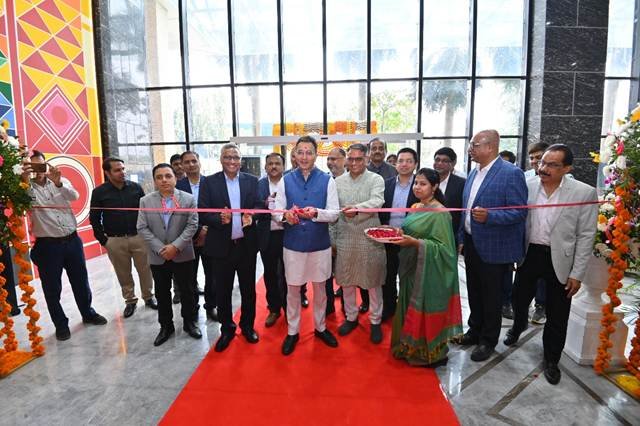Reduce royalty rates, says CII
The Government has been urged to reduce royalty rates on mining resources and accelerate the renewable of mining leases that are expiring in 2020.
Making the call, the Confederation of Indian Industry (CII) suggested seamless transfer of clearances be mandated, provided operating parameters remain the same.
This would minimize disruption in supply, it added in a research report on ‘Towards A Globally Competitive Minerals and Mining Industry’.
Royalty rates should be reduced in line with international benchmarks. Accordingly, implementation of the Royalties Study Group must be fast-tracked, said CII which presented the report on 27 Dec 2019.
Mining companies in India are subject to much higher financial levies than other mining geographies, as a result of high royalty rates, multiplicity of levies and double taxation, the report pointed out.
The report recognises that the mining industry has been viewed as causing environmental damage and being responsible for displacing local communities. To overcome this negative perception, the report suggested that industry voluntarily adopt responsible mining practises to build trust with stakeholders.
The report also emphasises that the government must ensure that policy interventions should take cognizance of emerging global trends in mining, such as smart mines, deep sea mining and the changing composition of the mining workforce.
Mining is a critical and fundamental sector, the government must expeditiously implement the interventions suggested in the CII report to realise the industry’s full potential.
“It is critical for India to build a globally competitive mining sector,” said CII Director General Chandrajit Banerjee, referring to the report released on 27 Dec 2019.
“The industry is key to ensuring the country’s energy and raw material security,” he stressed.
The CII report points out that the mining sector in India is highly under-developed relative to its enormous potential. Not only is the country endowed with vast resources across a range of minerals, it also has the domestic capacity to absorb significantly higher mineral production, as evident from our substantial mineral imports.
The mining sector’s contribution to GDP has declined since 2011-12. The report identifies twelve areas which must be addressed in order to develop and re-energise the Indian mining industry.
Boosting exploration, particularly for non-bulk minerals, by ensuring attractive incentives to explorers is vital.
Over the last few years, exploration by private players has come to a near stand-still. Interventions such as introducing a seamless transition from exploration to mining license, permitting sale of license at any stage and allowing private companies to proactively approach the government for exploration areas will help overturn this trend.
Easing, expediting and simplifying the process of obtaining environmental and forest clearances is another key lever of driving competitiveness. While the report fully appreciates the need to ensure that all companies undertake sustainable mining, it recommends that the process be made significantly more efficient.
Streamlining the auction process will also lead to greater efficiency and more effective outcomes.
The report suggests shifting from a two-stage ascending forward online electronic auction to a single-stage sealed bid, to dampen aggressive bidding. Further, the process must not be annulled, or multiple rounds introduced, if the number of bidders is less than three. fiinews.com








